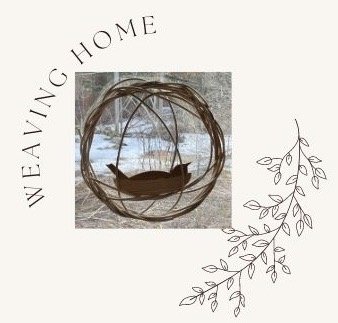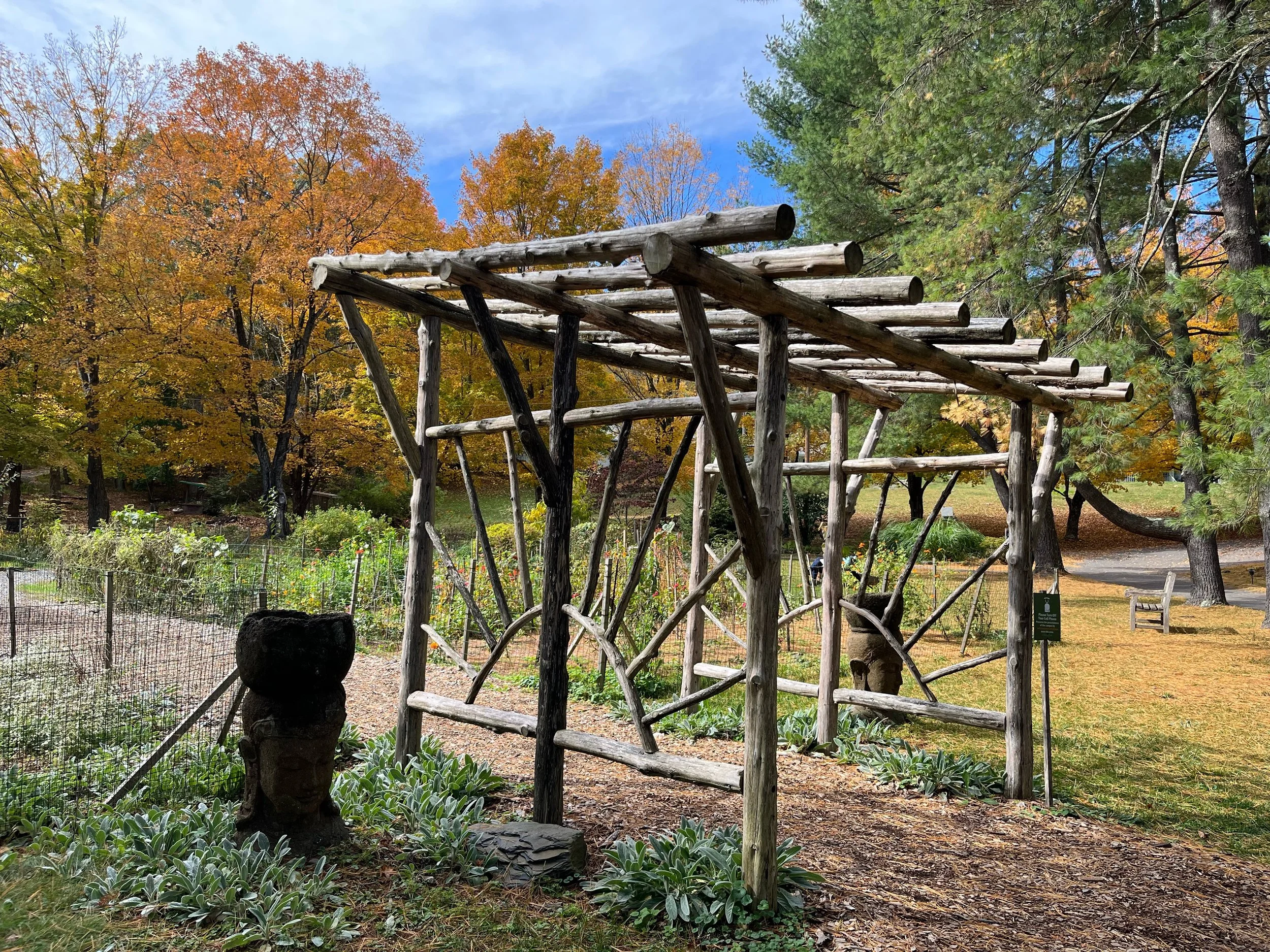I was reading an essay by Lyla June Johnson, a scholar of Dine (Navajo) and Tsetsehestahese (Cheyenne) lineage, called The Forest as a Farm. She talked about the history of the land, Turtle Island in particular. My colonized brain always thought that this country, this land, Turtle Island, was natural, pristine, untouched before the settlers came. Oh, there were indigenous people, but they really didn’t disturb the natural balance. But Johnson says that for thousands of years, indigenous people were living in relationship with the land. They were watching, listening, observing the natural order of things. and while they watched and learned they were able to discern what to plant, what to grow and how to grow it. It was mind boggling to think that the Americas were cultivated before Europeans came to settle here. The indigenous people were living in relationship with the land, being connected, watching and understanding. The land’s response to that relationship was to provide enough food to make life sustainable, I might even use the word abundant.
European explorers were awed by the beauty of the land when they came to what is now Virginia. They wrote about how there were spaces between the trees where the deer could roam in freedom. It looked like a pristine forest. What they didn’t know was that the land was being cared for, cleared in a way that maintained the integrity of a forest, yet provided for humans and other species to live and thrive. Johnson says that humans are a keystone species, that is, “a species that creates habitat and living conditions for other species.” Permaculture farmers are learning to do much the same thing, living in relationship with the land they inhabit. She says, “Where you live, which biome or ecosystem, will determine how we are meant to work with the land.” The problem I see is that I don’t know how to listen to and observe nature so that I can be in sync with the land, so that what I do benefits the earth and myself.
This kind of relationship only comes with intentional listening and observing, of not trying to control the product but to let what is inherent be born. Doesn’t this sound familiar? This is an intentional practice. Isn’t this also the key to a spiritual life? When we are in relationship with the land, with each other, with other species, we realize our connection, we realize we are beloved community, we realize that this connection for growth and nurture is the love that binds us all together. Johnson looks at this relationship with the land as not just producing food for ourselves but “honoring what the creator has made.” May we honor each other, ourselves, and all our relations.

